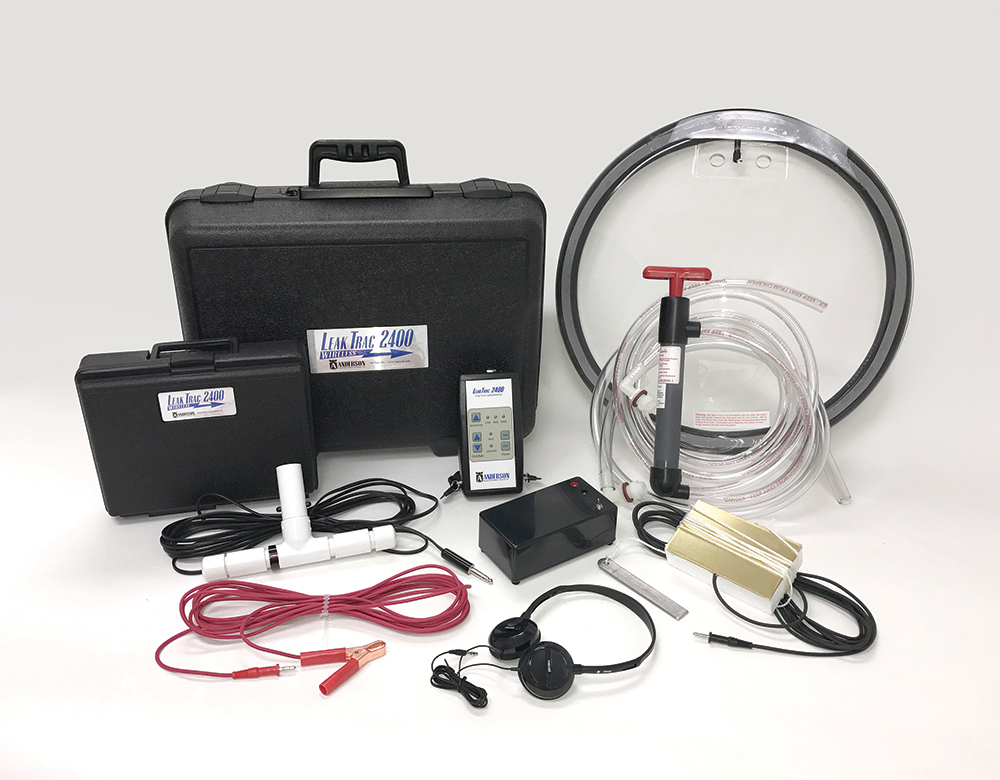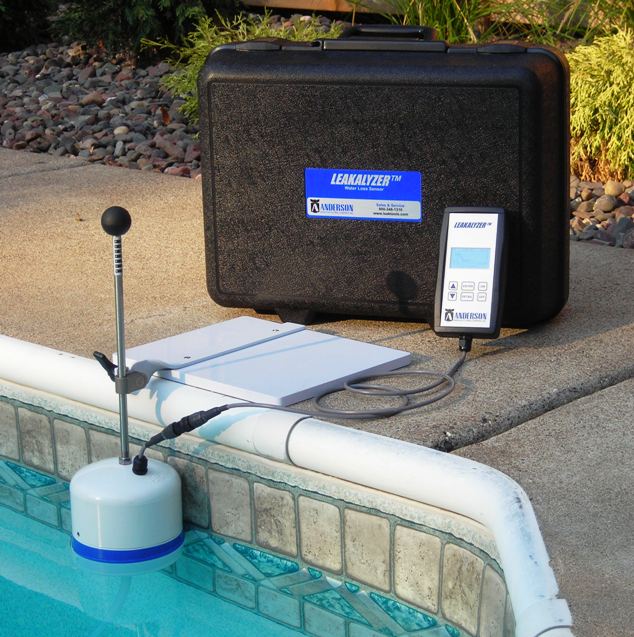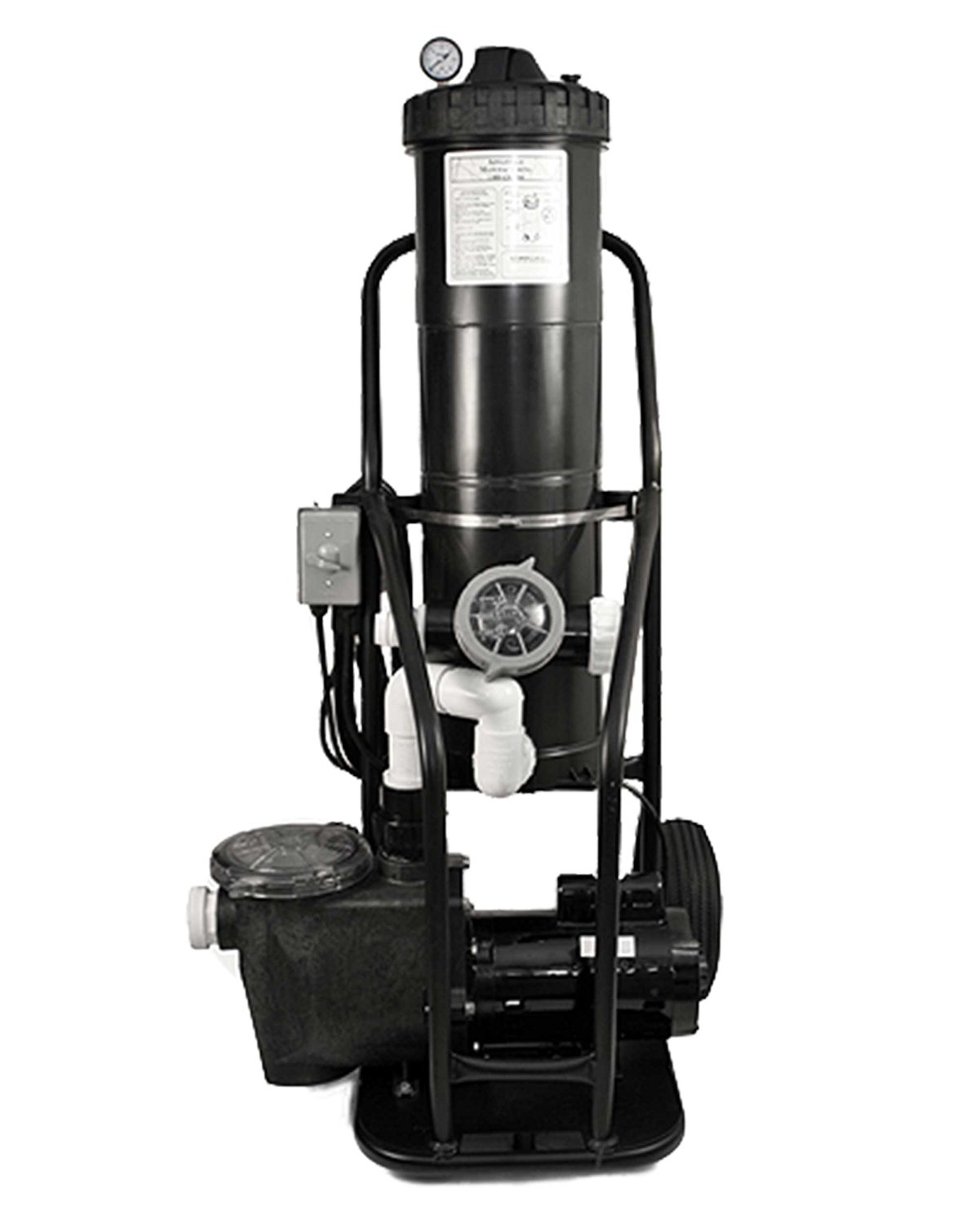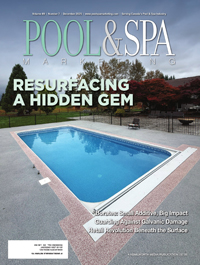Understanding the electromechanical process of galvanic corrosion
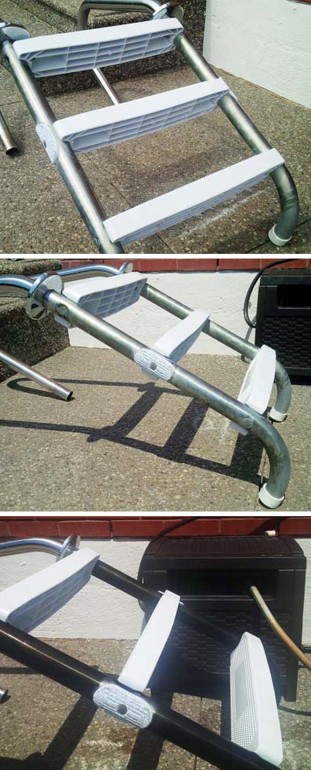
Bonding
Bonding all metal items in and around a pool effectively makes the electrical potential of all items equal to each other. If a potential difference cannot exist between two metal components, a current cannot be transferred between them and, ultimately, galvanic corrosion will not occur.
This also protects bathers from electrocution. Keeping the pool and all peripheral components at the same electrical potential prevents bathers from completing a circuit and providing a low-resistance path between two differing electrical potentials.
Grounding
Earth grounding is the process of connecting electric-powered items to the lowest electrical potential, or zero voltage, for the purpose of protecting against a potential fault in the system. While the term ‘ground’ is used, it is not actually a universal standard, as the ground in one area may have a slightly different electrical potential than a ground in another area.
The function of grounding electrical equipment is to provide a low-resistance path to zero electrical potential should a voltage develop somewhere it should not be (e.g. a heater or pump casing). If an electrical fault energizes a pump or heater casing, the low-resistance path to ground—from the grounding wire—will immediately cause a current spike as the unrestricted current races towards zero potential. This current increase will heat up a small piece of metal in the circuit breaker causing it to ‘trip’ or disconnect from the power supply.
Bonding and grounding work in tandem. Collectively, the bonding grid ties the metal components of the pool together so everything has the same electrical potential, while the grounding wire ensures the electrical potential is equal to zero. Today, pool design specifically deals with the harmful effects of electrical current in the water as a result of differences in electrical potential. Adding a saltwater chlorine generator not only increases the water’s conductivity, but also has a number of adverse effects on these protection systems.
How galvanic corrosion can damage bonding grids
One of the primary causes of galvanic corrosion is the proximity of differing metals to one another. The bonding grid comprises a copper wire that is attached to the pool’s various metal components. This creates multiple direct points of differing metal contact around the pool which can deteriorate from galvanic corrosion at an advanced rate. If the bonding grid becomes damaged or broken, the pool can become electrically unsafe, as well as experience an advanced rate of decay.
Without conducting an electrical conductivity test between all metal components in the pool, damage to the bonding grid might be noticed first by a sudden onset of the following symptoms:
- tiny shocks when touching various metal components in and around the pool area;
- colour changes in metal components; and
- corrosion forming suddenly on multiple metal components within the pool system.
Without a functional bonding grid, a potential difference can exist between different metal components, allowing a non-stop, destructive current to travel between them. While this is a concern for all pools, increasing the salt level (in saltwater pools) reduces the electrical resistance of the water and, as a result, it becomes more conductive.
Electrical currents in the water will not only damage metal components, but also more specifically, attack the pool’s protection system (i.e. the bonding grid), which helps mitigate this type of electromechanical damage.
Pool water containing high levels of salt causes a multi-fold increase in the amount of current travelling between potential differences created by metal components. This process, when applied constantly over a long period of time, can eventually cause the pool structure to fail. Galvanic corrosion can also damage or even sever the grounding wire or bonding points between the pool and the copper bonding grid. If this occurs, the pool may no longer have a low-resistance path to ground.

